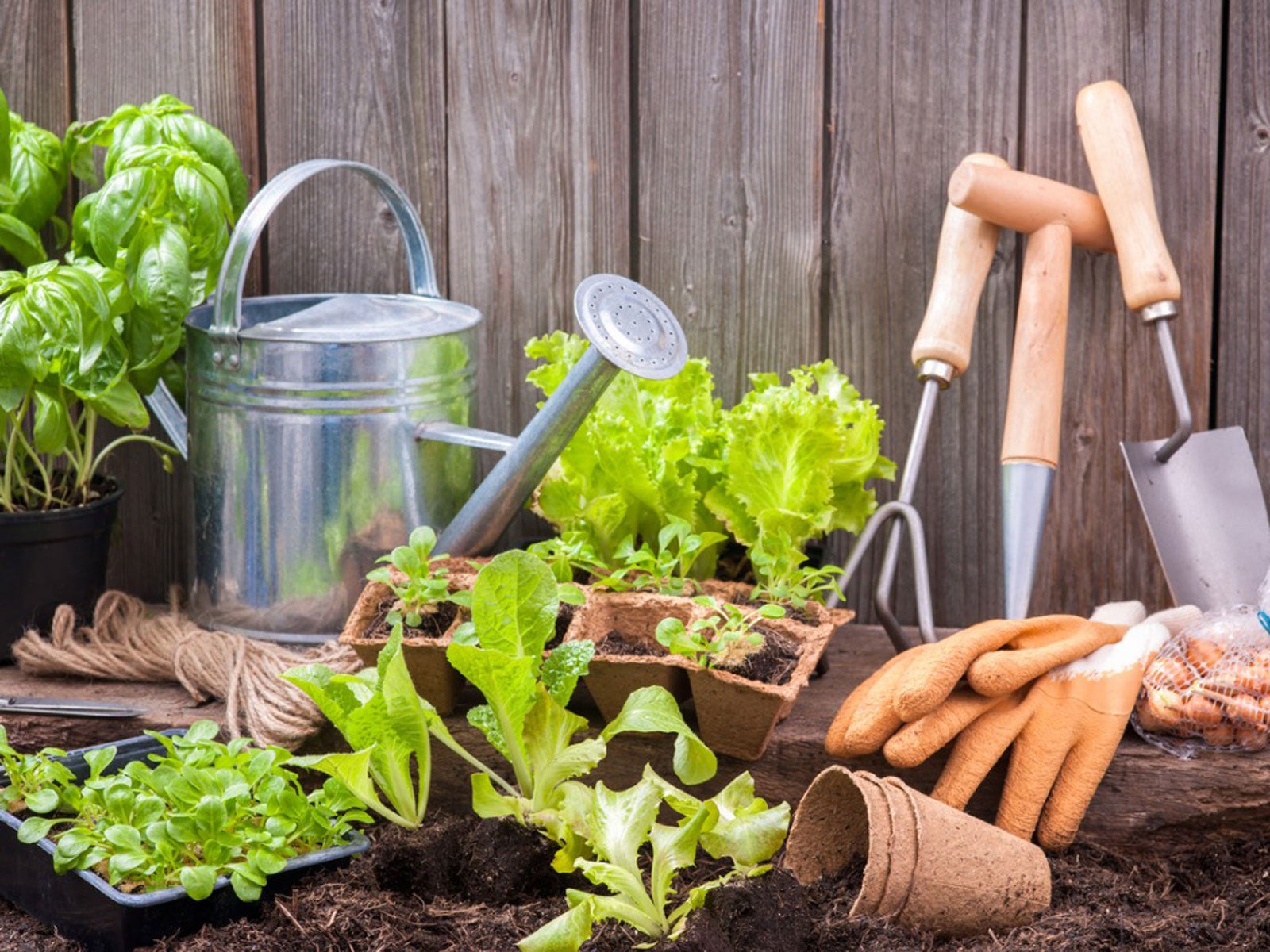Easy Gardening Tips to Change Your Yard Into a Lavish Paradise
Changing your yard right into a lush paradise includes a calculated technique, starting with evaluating your space to comprehend sunlight patterns and soil top quality. Choosing plants that prosper in your neighborhood climate is essential, as is maximizing soil with natural matter and reliable watering approaches.
Examine Your Room
Evaluating your area is an important initial step in developing a successful backyard garden. This initial assessment will assist all subsequent choices, guaranteeing that your garden is both practical and attractive. Begin by measuring the measurements of your yard to understand the available area. Keep in mind any existing frameworks, such as sheds, walkways, or outdoor patios, as these can influence your style.
Identify zones that receive full sunlight, partial color, and complete shade, as different plants have varying light demands. Carrying out a dirt test can give valuable information on pH levels and vitamins and mineral web content, allowing you to make needed modifications for optimal plant development.
Water drainage is one more crucial element - gardening tips. Poor drainage can lead to waterlogged dirt, detrimental to the majority of plants. Look for locations where water often tends to swimming pool after rainfall and consider carrying out remedies like elevated beds or French drains
Last but not least, examine the microclimates within your lawn. Aspects such as wind exposure, closeness to structures, and altitude changes can create one-of-a-kind growing problems. Comprehending these nuances will assist you make notified options, establishing the phase for a growing yard yard.
Pick the Right Plant Kingdoms
Selecting the suitable plants for your yard garden is basic to achieving a vivid and balanced landscape. To begin, consider the regional environment and strength area, as these aspects determine which plants will prosper in your atmosphere. As an example, durable perennials such as lavender and coneflowers are suitable for cooler climates, while exotic plants like hibiscus and bougainvillea suit warmer regions.
Next, evaluate the amount of sunlight your garden receives. Plants have varying light needs; some thrive completely sunlight, while others prefer partial shade or complete color. Sun-loving plants like tomatoes and sunflowers need a minimum of 6 hours of straight sunshine daily, whereas hostas and brushes flourish in shaded areas.
In addition, take into consideration the soil enter your garden. Some plants choose well-drained sandy dirts, while others grow in clay or loamy conditions. Native plants are typically a sensible choice, as they are naturally adjusted to the neighborhood dirt and climate, requiring much less upkeep.

Enhance Dirt Quality
Enhancing dirt high quality is the following important action to ensure your chosen plants flourish. The structure of any kind of prospering yard is nutrient-rich soil. Carrying out a soil examination is critical; it offers insights right into pH degrees and nutrient shortages, enabling you to customize modifications specifically to your garden's requirements. Checking kits are very easy and commonly readily available to utilize, or you can enlist professional solutions for even more in-depth analysis.
Integrating raw material, such as compost or well-rotted manure, can significantly browse around this site enhance dirt structure and fertility. Raw material boosts oygenation, water retention, and microbial activity, which are all important for healthy plant development. Aim to include a 2-3 inch layer of organic issue to your dirt each year, mixing it well to integrate with the existing soil.
In addition, take into consideration the appearance of your dirt-- whether it is sandy, clay, or fertile. Each type has distinct characteristics that influence water drain and nutrient schedule. Modifying sandy soils with natural issue can enhance its water-holding ability, while integrating plaster into clay soils can enhance water drainage and decrease compaction.
Implement Watering Techniques
Just how essential is a well-planned watering technique to the success of your backyard garden? Basically, it is the lifeline that maintains plant wellness and cultivates growth. Proper watering makes sure that plants obtain the correct amount of dampness, preventing both under- and over-watering, which can lead to wilting or root rot.
First, take into consideration the details needs of your plants. Various varieties have varying water requirements. Succulents and cacti grow in dry problems, whereas ferns and hydrangeas like more wetness. Tailoring your watering timetable to meet these requirements is important.
Secondly, timing is essential. Watering in the early morning or late afternoon lessens evaporation and permits plants to take in dampness successfully. This practice preserves water and sustains much healthier root systems.
In addition, employing effective watering methods such as drip irrigation or soaker hoses can optimize water usage. These approaches deliver water directly to the origins, reducing wastage and promoting much deeper root growth.
Lastly, take into consideration mulching. Applying a layer of compost around plants aids keep soil wetness and minimizes the need for frequent watering. By carrying out these approaches, you can guarantee your backyard yard remains vivid and resistant, also throughout periods of drought.
Incorporate Yard Attributes
Incorporating yard functions can considerably enhance both the aesthetic charm and functionality of your backyard garden. Attentively picked functions such as pathways, water elements, and yard frameworks can produce an unified and inviting setting. Paths, created from products like gravel, rock, or wood, not just guide visitors via the garden however additionally prevent dirt compaction and safeguard plant roots.
Water attributes, such as water fountains, fish ponds, or small waterfalls, introduce a relaxing acoustic aspect while sustaining regional wild animals like birds and advantageous pests. The noise of flowing water can also lower the understanding of environmental pollution, producing a calm ambience.
Yard structures, including arbors, pergolas, and trellises, give both upright rate of interest and sensible support for climbing plants. These elements can likewise use shaded locations for relaxation and celebrations. Furthermore, incorporating seating locations and decorative components like statues or yard art can individualize the space, making it a true representation of your design.
Verdict
In conclusion, changing a yard into a lush heaven involves a detailed assessment of the readily available space, cautious option of plants fit to local environment problems, and optimization of more helpful hints dirt top quality with natural you could try this out enrichment. Applying effective watering strategies makes sure continual plant wellness, while incorporating structural aspects such as pathways and seating locations boosts aesthetic appeal and capability. These steps collectively contribute to the development of a dynamic, inviting yard space that thrills the detects.

In conclusion, transforming a backyard into a lush heaven includes a thorough assessment of the readily available space, cautious choice of plants suited to neighborhood environment conditions, and optimization of soil quality through natural enrichment.